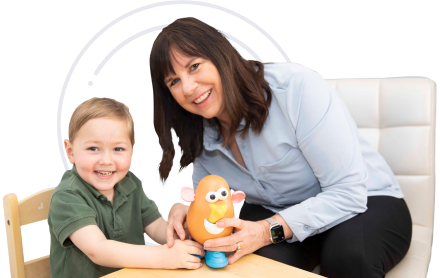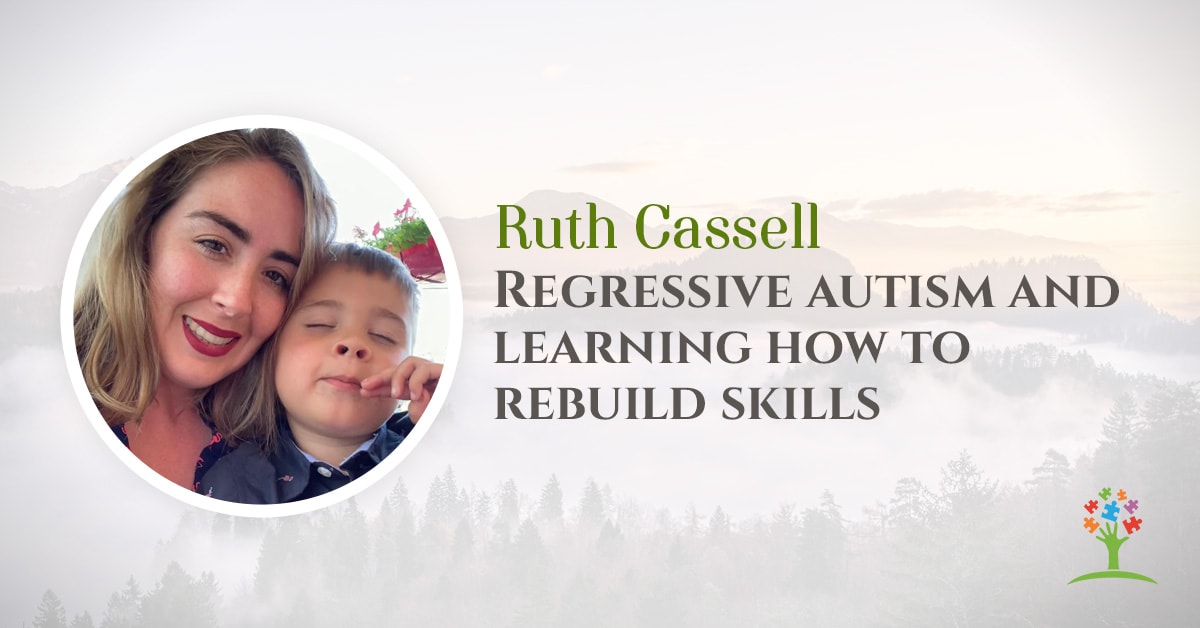Regressive Autism and Learning How to Rebuild Skills with Ruth Cassell
Want to Learn how to Increase Talking & Decrease Tantrums in Children with Autism or Toddlers Showing Signs?
Want to start making a difference for your child or clients?

Noticing Autism Signs: Regression
Join My Online Courses and Community
Favorite Episodes
Jill Escher, Dr. Steve Hodges, and the late Tameika Meadows are among some of the favorite interviews Ruth shares. She also comments on the impact of the Classic Rebroadcast and Q&A series we’ve started. You can check out all of the episodes we looked back on in the links!
Ruth really is a dedicated parent and avid listener, talking to her was such a pleasure. I’ve linked her new business, The Autism Strategist, and I can wait to have her back to discuss that.

Ruth Cassell on the Turn Autism Around Podcast
Ruth Cassell is the mother of Elijah, who has ASD. He was diagnosed with ASD level 3 in Sept. of 2021. Ruth calls herself a proactive person with multiple plans, as she is already advocating for services. She is a Financial Strategist, and just started her own business called Autism Strategist. The mission behind her business and these services are fueled by the difficulties she herself has gone through.
You’ll Learn
- Feedback and inspiration from an avid listener, Ruth Cassell.
- Is skill regression a sign of autism?
- Does speech regression mean autism?
- A family’s story on COVID and waitlists during the autism diagnosis journey.
- How the digital assessment can help make a plan for your child.
- What are a listener’s favorite and most helpful episodes?
- Leaving the ‘sea of free’ and joining the online course and community.
- A parent’s plan for supporting their child outside of therapy services.
Resources
- Elijah’s Assessment Results
- Elijah’s Plan
- Diagnosing Autism During COVID19 Pandemic | Interview with Dr. Catherine Lord
- Autism Regression: Child with Autism is Making No Progress!
- Jill Escher: Why Has the Rate of Autism Increased?
- Potty Training and Constipation with Dr. Steve Hodges
- Autism Success Story with Michele C.
- Teaching Children with Autism using Table Time: Frequently Asked Questions
- Tameika Meadows: Good ABA Therapy
- Free Digital Assessment
- Mary Barbera – Turn Autism Around – YouTube
- Join a free Workshop
- Mary Barbera on Facebook
- Mary Barbera on TikTok
- Mary Barbera on Instagram